
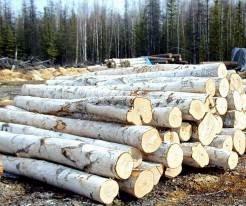
LUMBER
by Grandpa Cliff
Oct 20, 2005
When a tree is cut down by a lumber company, all of the branches are cut off the trunk. The straight piece of trunk is called a Log. The piece of the tree that is still attached to the roots is called the Stump.


Tree stump Birch logs

After being taken to a lumber mill, the bark can be removed by a
debarker before the log is cut into boards. In the photograh, the
rear log is moving to the left and being turned at the same time.
The debarking machine tears off the bark.
Sometimes the log is cut before the bark is removed (as in the
photograh below at the right edge of the screen).
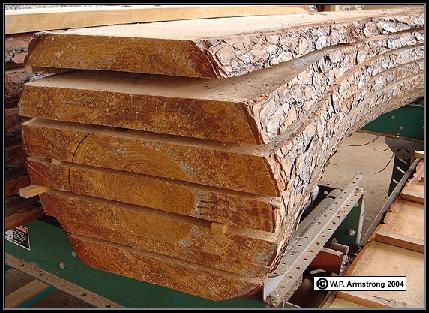
The drawing below shows two boards that could be cut out of a log. Even though space is shown between the boards, the two boards would actually be touching each other so that no wood is wasted.

SAPWOOD & HEARTWOOD IN LUMBER
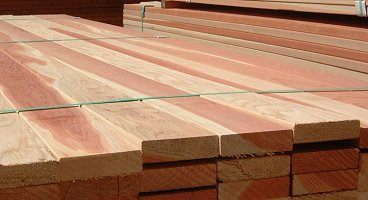
Notice the reddish heartwood and lighter sapwood in these boards made from the Redwood tree. Wood is made of xylem (ZIGH-lem) cells.
When a board is cut through a branch that is inside the trunk, the branch may make a round knot in the board. The next photo shows Cedar boards with knots. Notice the heartwood in the center board.
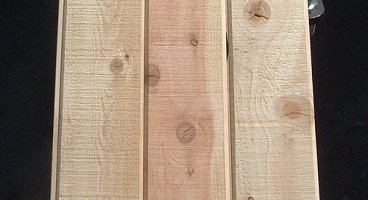
The pattern on the wood depends on the angle of the saw as it cut through the wood.
The lines in the next two photos show the annual rings coming straight up out of the wood.
White Oak Red Oak


In the next two photos, the saw cut through the wood at a different angle to the annual rings,
thereby causing the annual rings to form a different pattern. The wood on the right is elm.
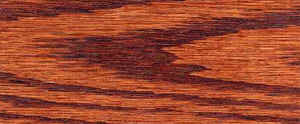

PLYWOOD
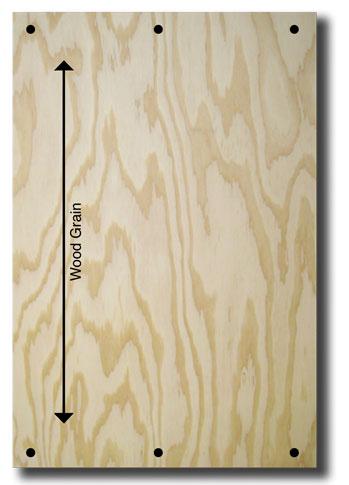 Plywood
is made of an odd number of thin layers of softwood or hardwood that are glued together. Each
layer is called a ply.
Plywood
is made of an odd number of thin layers of softwood or hardwood that are glued together. Each
layer is called a ply.
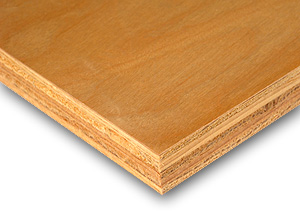
Sheets of plywood for home
construction are 4 ft. wide and 8 ft.
high. The most common thicknesses
are 1/4" to 3/4". The grain usually
runs up a piece of plywood as you
look at a face (see right). The next
layer inside will have the grain run
across the plywood. The third one
will run up the ply, the fourth one
across the ply, and the fifth one will run up the ply. This alternating arrangement of the grain gives the plywood a greater strength, and it is less likely to warp. The kind of glue used will determine whether the plywood can be used outdoors or not.
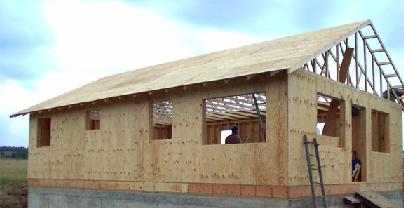
During house construction, the outside walls and roof are covered
with plywood. Siding and shingles usually cover the plywood so
that you don't see it.
-------------------------------------------------------------------------------------------
Visitors since 30
Dec 2006
Go to the HOME page